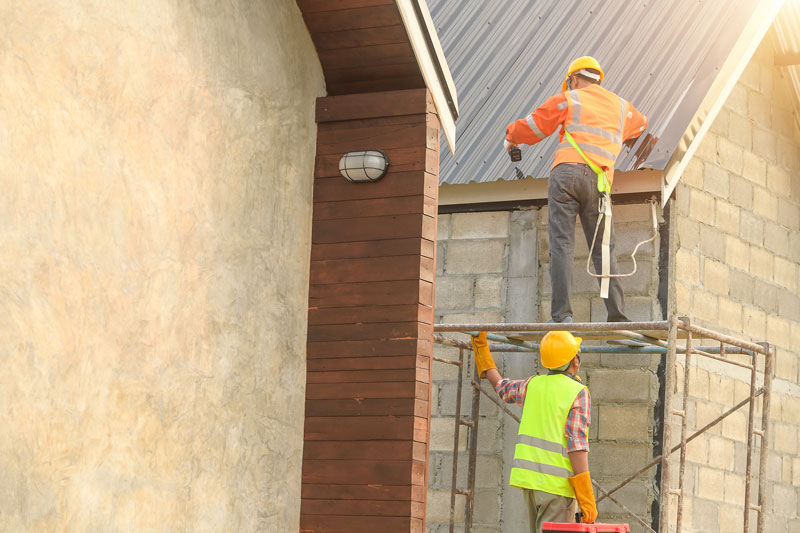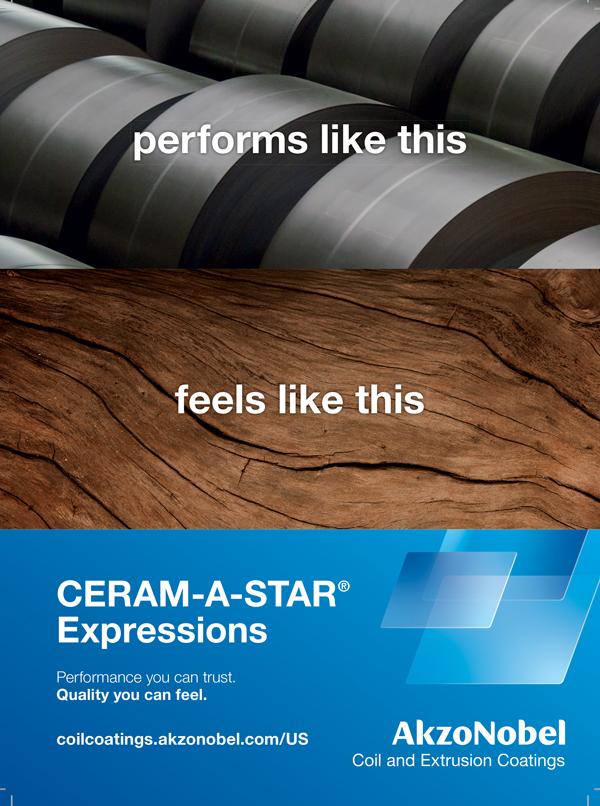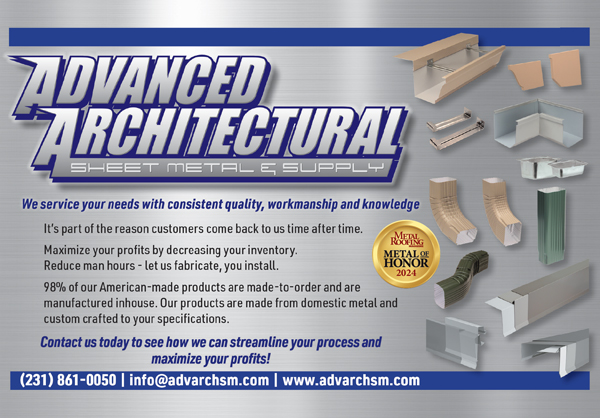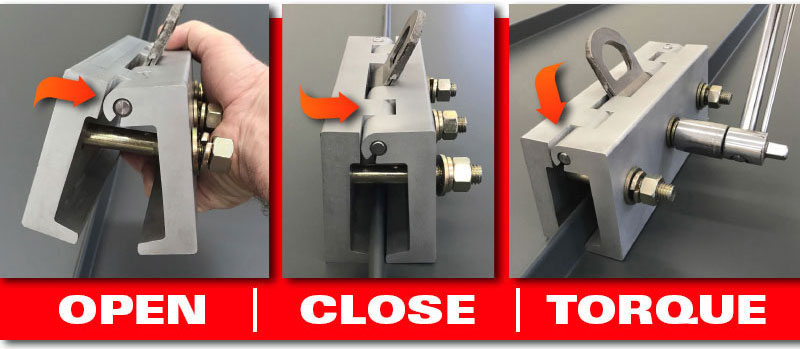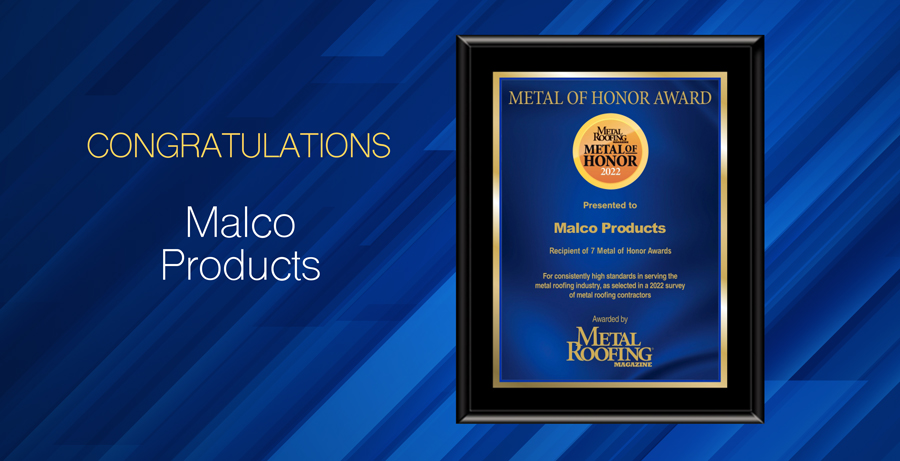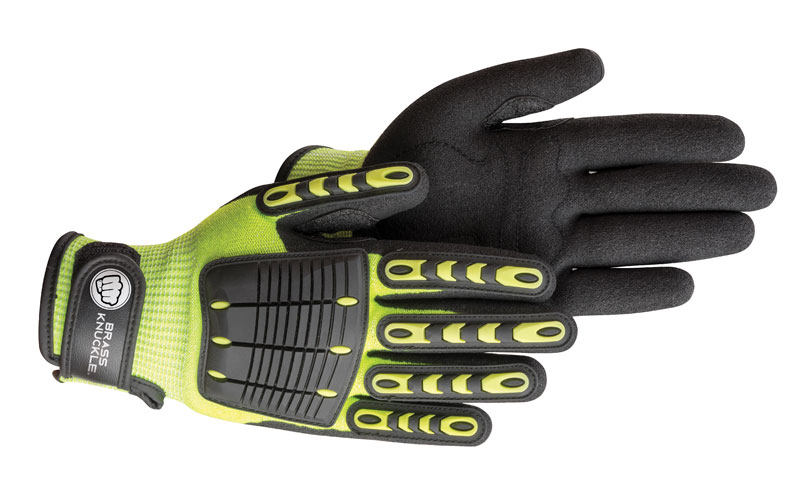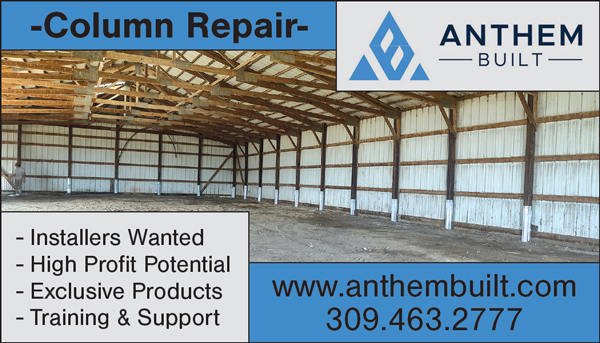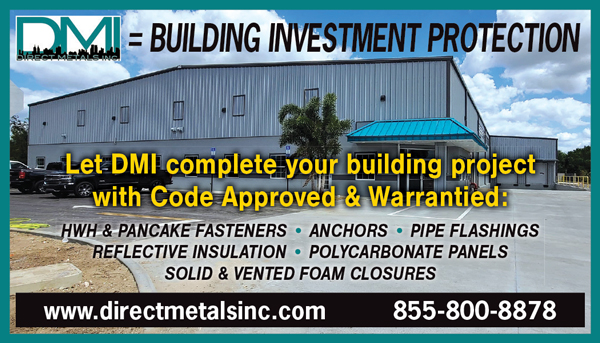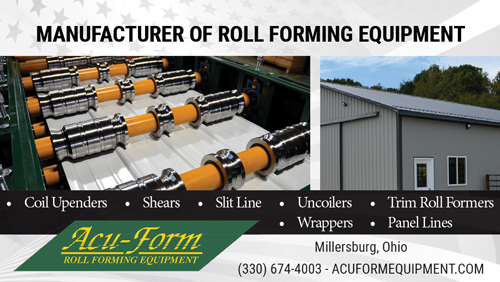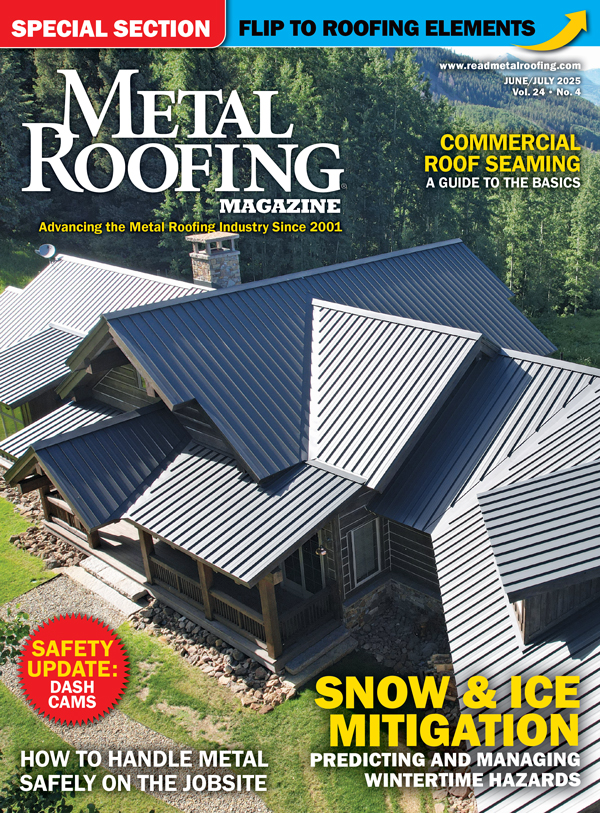By Dennis Sachs, Sesco Safety
One of the biggest stumbling blocks to your business thriving can be employee accidents. They can be very expensive, time-consuming, and even fatal. The Bureau of Labor Statistics show that over 35% of construction fatalities are from falls.
The Hierarchy of Fall Protection Solutions
According to Sesco Safety, when assessing a job and deciding on an appropriate fall protection plan, there is a Hierarchy of Fall Protection Solutions which should be evaluated in order to find the safety, most effective solution for the job. This applies to temporary protection used for safety during construction and that which is permanently installed.
• Level 1: Elimination of Hazards – Find a way to change the situation so that a worker doesn’t have to work at height or construct a protection system to access a necessary location. If this is not feasible due to cost or other impediment, move to level 2.
• Level 2: Collective Solutions – These fall prevention techniques are solutions that require little or no thought, such as railings, barriers, and netting and are in place for all workers rather than requiring a separate solution for each person. These are known as passive systems.
• Level 3: Work Restraint – This type of restraint involves “tying-off” so that personal fall arrest equipment (harness, lanyard, and anchor point) prevents the worker from reaching the edge. The system needs to be designed for safety and to facilitate necessary work, which can be restraining. Level 3 and Level 4 are active type systems requiring user participation, the use of personal protection equipment, and corresponding training.
• Level 4: Fall Arrest – When the first three levels have proven unfeasible, then fall arrest should be employed. Fall arrest equipment is the same equipment used for work restraint, however it is set up so that it does not engage until a person has fallen. That makes fall arrest a less desirable solution for a couple of reasons: the faller could suffer internal trauma or hit something on the way down. If you employ this method, you must have a rescue plan in case of these circumstances. Still, the faller has a much better chance with fall arrest protection than without it.
Using Protection That Meets Standards
All fall protection solutions must be engineered to OSHA and ANSI mandated standards. Although a guardrail is passive, it needs to meet weight force requirements of 200 lbs. in each direction. Netting needs to meet a 5,000 lb. breaking strength. Anchorages, PPE hooks and lanyards need 5,000 lb. breaking strength. Particular devices have different dynamic and static test forces.
Active fall protection systems need to be checked regularly for wear and compliance by trained and qualified personnel.
It is recognized that certain employees engaged in leading edge work may demonstrate conventional fall protection to be unfeasible or create a greater hazard to use. OSHA reserves this for precast construction erection and certain residential construction. In these cases a required element of work activities is a Fall Protection Plan. This is prepared by a qualified person, explains why conventional fall protection cannot be used, and includes measures to reduce or eliminate fall hazards, similar to Level 1 above. MR
Dennis Sachs is General Manager at Sesco Safety, The Fall Prevention Experts, www.sescosafety.com.
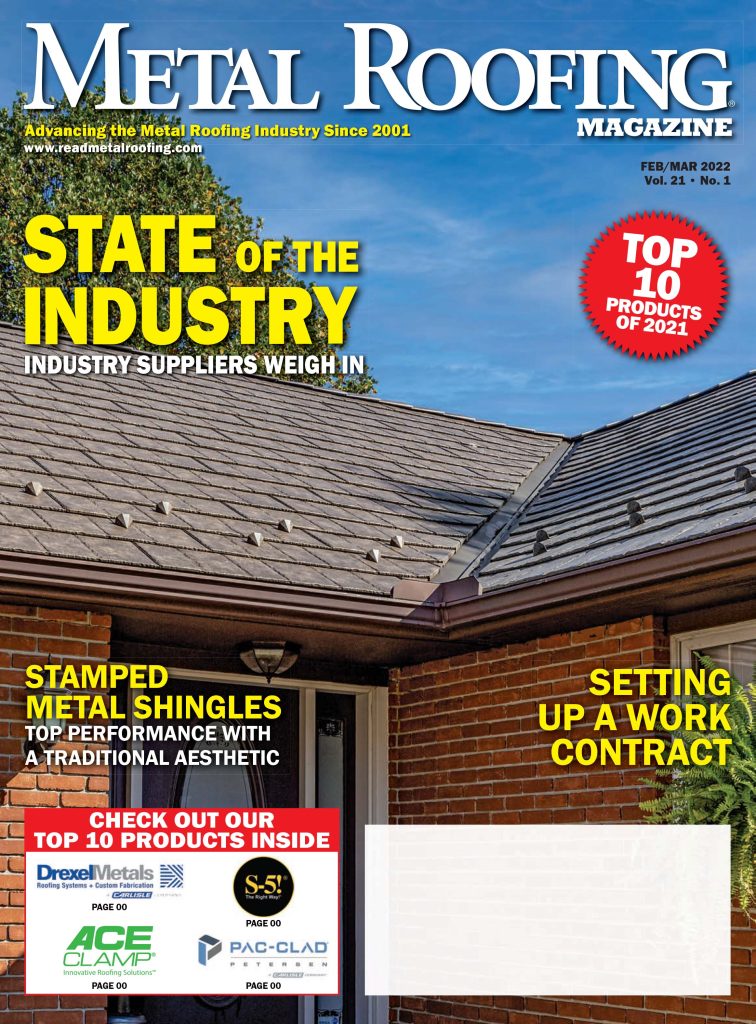
Sign Up For A Free Subscription
Anyone who is involved in the construction trade is welcome to sign up for a free print or digital subscription to Metal Roofing Magazine, which has been advancing the metal roofing industry since 2001. This go-to resource for metal roofing professionals is published 7 times per year.


